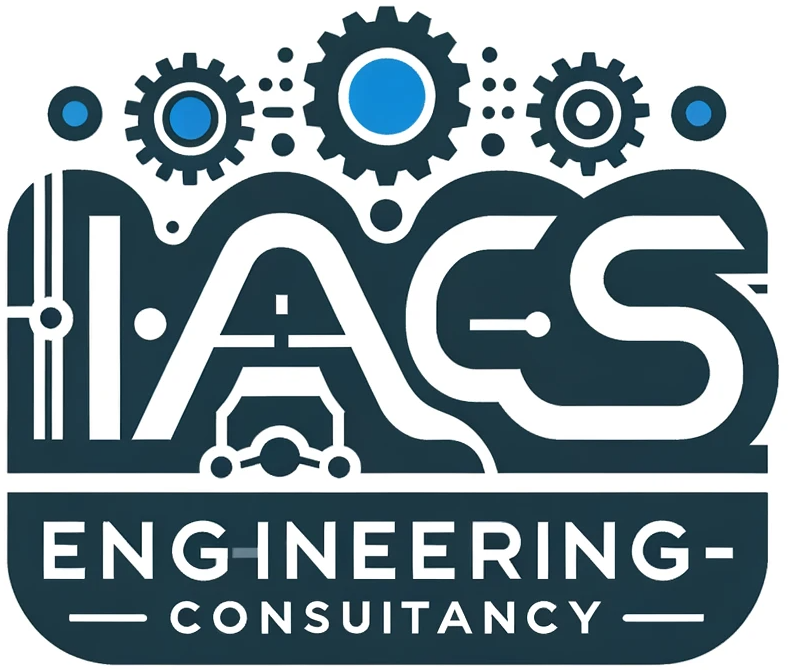User Requirement Specifications (URS) outlines the requirements, functionalities, and expectations of a system or equipment from the user’s perspective. The URS serves as a blueprint for the design, development, and implementation of automated systems in industrial settings.
Why URS is Developed?
Here are top 5 reasons why URS is developed:
- Identification of User Needs: The URS is developed to identify and document the specific needs and requirements of the users or stakeholders involved in the project. These needs could include functionality requirements, performance criteria, regulatory compliance, safety standards, interface specifications, and any other relevant factors that influence the design and functionality of the system.
- Clear Communication: URS serves as a means of clear communication between the end-users and the engineering/design team responsible for developing the automation system. By documenting the requirements comprehensively, it ensures that both parties have a shared understanding of what needs to be achieved.
- Basis for Design: The URS provides the foundation upon which the design of the automation system is built. It outlines the scope of the project, defining boundaries and constraints, which helps in guiding the design process and ensuring that the final product meets the users’ expectations.
- Risk Mitigation: Developing a URS helps in identifying potential risks and challenges early in the project lifecycle. By specifying requirements in detail, it allows stakeholders to anticipate and address any issues that may arise during the development and implementation phases, thereby reducing the likelihood of costly errors or delays.
- Compliance and Validation: URS serves as a reference document for validating whether the final system meets the specified requirements. It provides a basis for testing and verification, ensuring that the system functions as intended and complies with relevant standards and regulations.
How to Format a URS Document:
There’s no universally mandated format for a URS document, but a User Requirement Specification (URS) document structure for industrial automation and control systems typically includes the following sections:
Introduction:
- Purpose: Explain the purpose and scope of the URS document.
- Objectives: State the objectives of the automation project.
- Scope: Define the boundaries and limitations of the system being developed.
- References: List any reference documents or standards that are relevant to the project.
General Description:
- System Overview: Provide an overview of the automation system, including its intended functions and capabilities.
- System Architecture: Describe the high-level architecture of the system, including hardware components, software modules, and their interactions.
- Operational Environment: Specify the operating conditions and environmental factors that the system will encounter.
Functional Requirements:
- Use Cases: Describe typical user scenarios and interactions with the system.
- Functional Specifications: Detail the specific functions and capabilities that the system must provide.
- Control Logic: Define the logic and algorithms governing the behavior of the system.
Non-Functional Requirements:
- Performance: Specify performance metrics such as response time, throughput, and resource utilization.
- Reliability: Define reliability requirements, including uptime, fault tolerance, and mean time between failures (MTBF).
- Safety: Outline safety requirements and measures to ensure safe operation of the system.
- Security: Address security considerations such as access control, data encryption, and protection against cyber threats.
- Usability: Describe usability requirements, including user interface design, accessibility, and user training needs.
- Regulatory Compliance: Specify any regulatory standards or certifications that the system must comply with.
Interfaces:
- Human-Machine Interface (HMI): Describe the interface between users and the system, including graphical displays, control panels, and input devices.
- External Interfaces: Detail interfaces with other systems or devices, such as sensors, actuators, databases, or external software applications.
- Communication Protocols: Specify communication protocols and standards used for data exchange between system components.
Constraints and Assumptions:
- Constraints: Identify any constraints or limitations that may impact the design or implementation of the system, such as budgetary constraints, resource limitations, or technical constraints.
- Assumptions: Document any assumptions made during the requirements gathering process, including assumptions about user behavior, system usage patterns, or future developments.
Documentation and Deliverables:
- Documentation Requirements: Specify the documentation deliverables expected at each stage of the project, including design documents, user manuals, and training materials.
- Acceptance Criteria: Define the criteria that will be used to evaluate whether the system meets the specified requirements and is ready for deployment.
Appendices:
- Glossary: Define any technical terms or acronyms used in the document.
- Stakeholder List: Provide a list of stakeholders involved in the project and their roles/responsibilities.
- Change History: Document changes made to the URS document over time, including revision dates and authorship.
By following this structured approach and including these key sections, you can create a comprehensive URS document that effectively captures the user requirements for industrial automation and control systems.
Note: Generally, Typically, the developed URS document is received by the vendor, system integrator, or service provider, who thoroughly understands the project requirements, functionalities, and performance expectations. They then analyze the feasibility of the proposed system and clarify any ambiguities or missing information. Based on the URS, the vendor, system integrator or service provider will develop a Functional Design Specification (FDS) and this Project Scope Creep is minimized.
